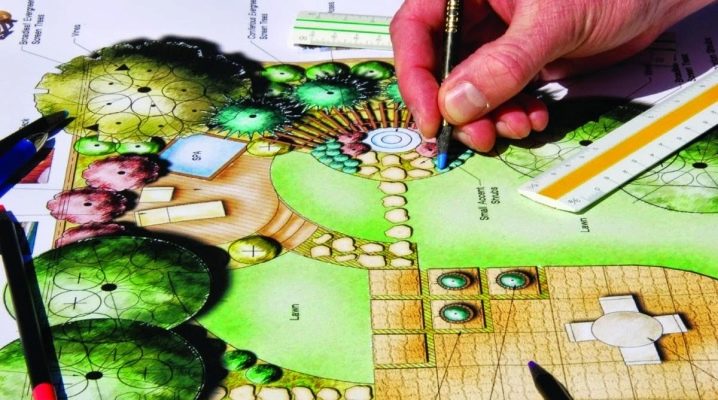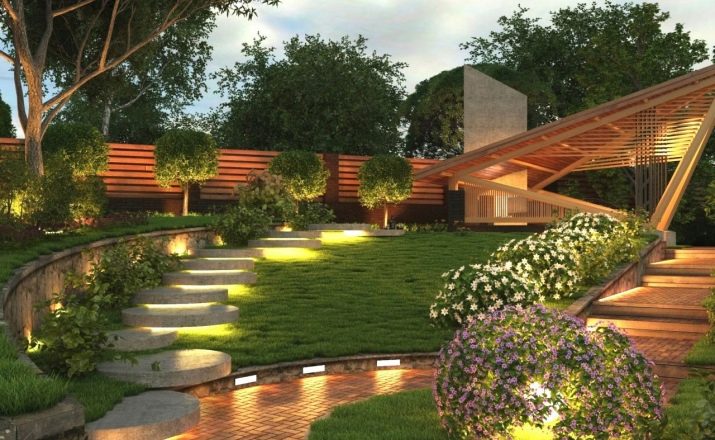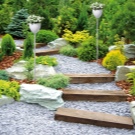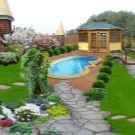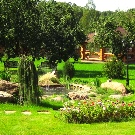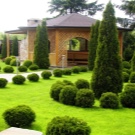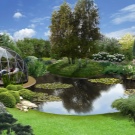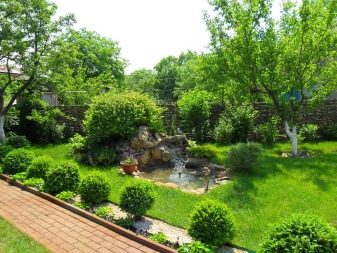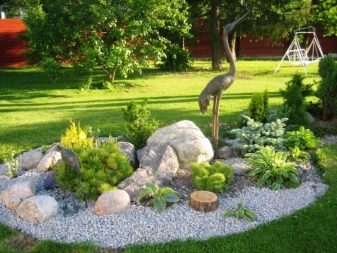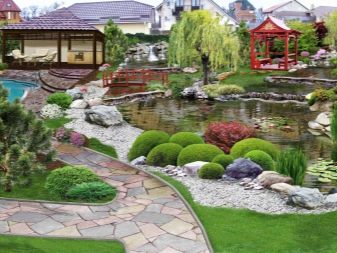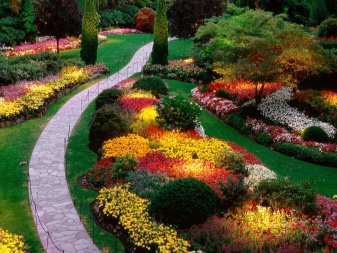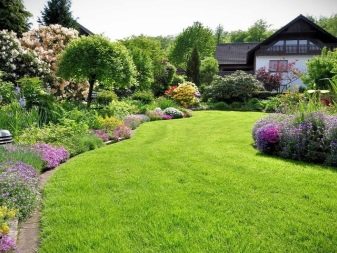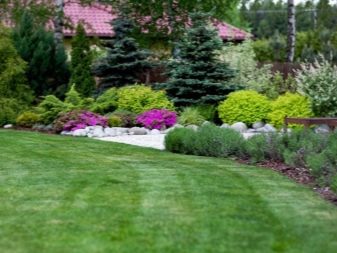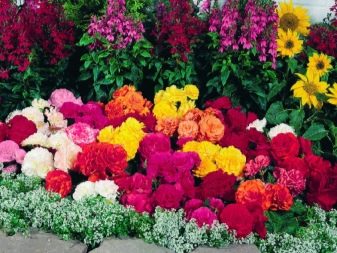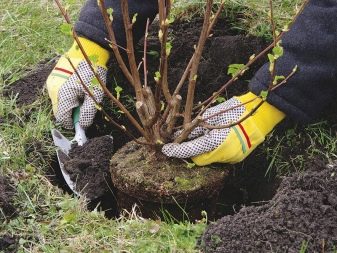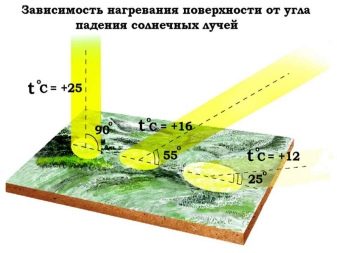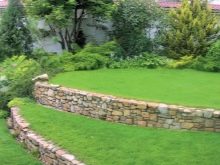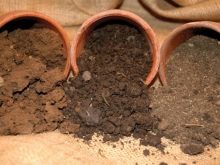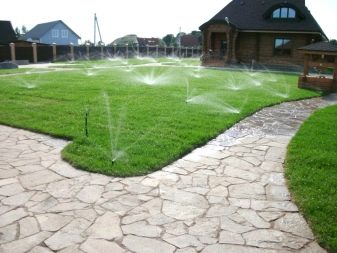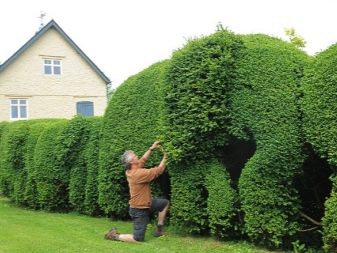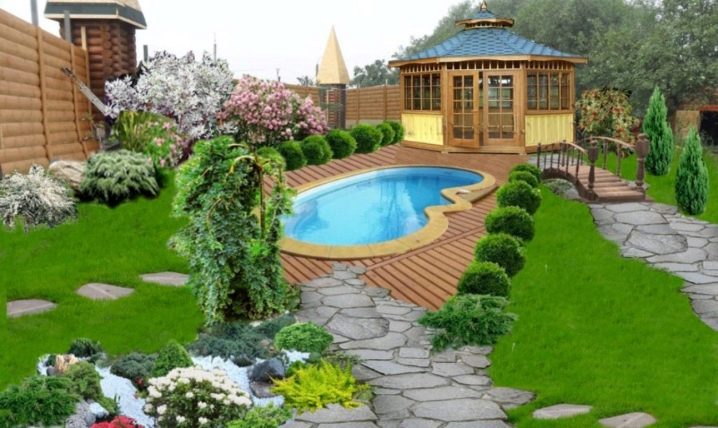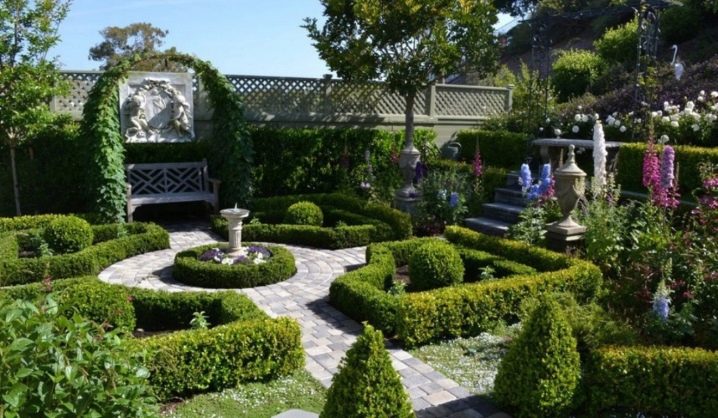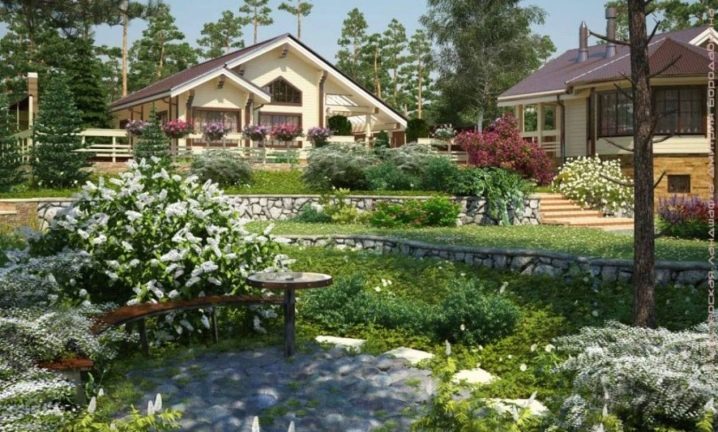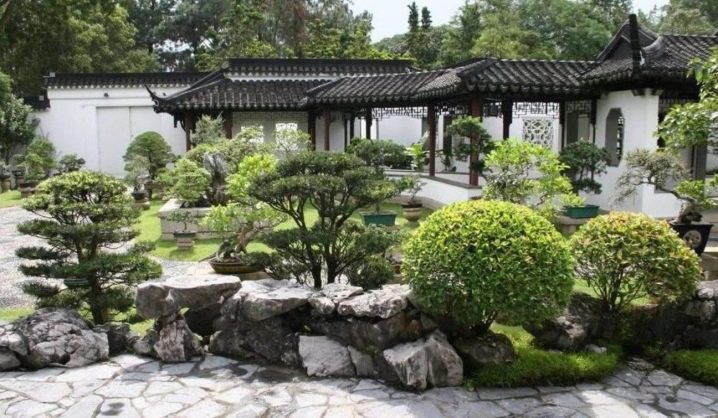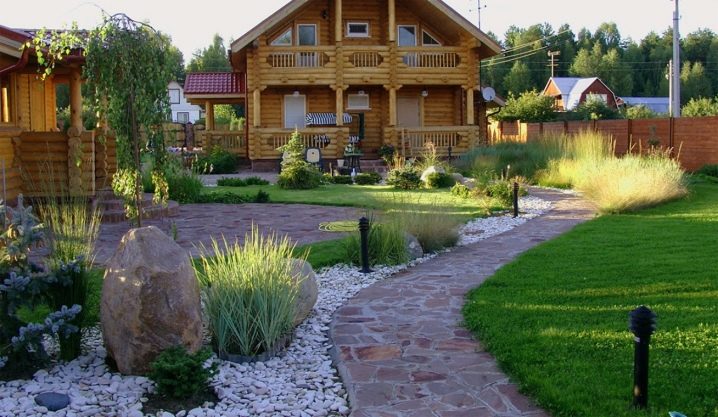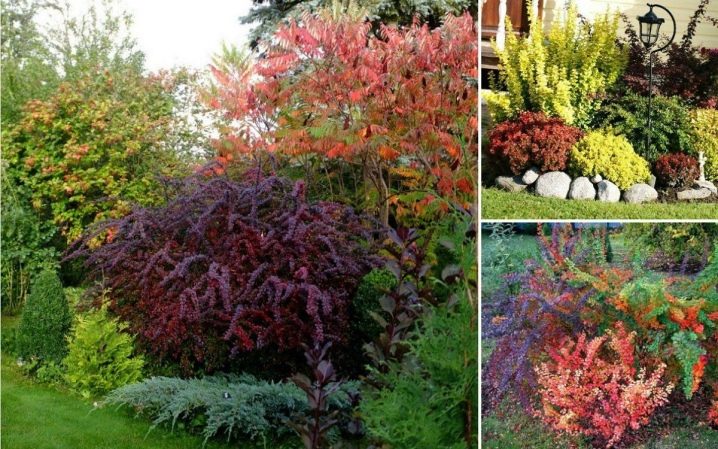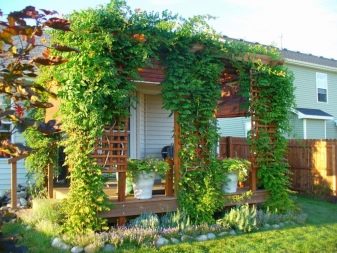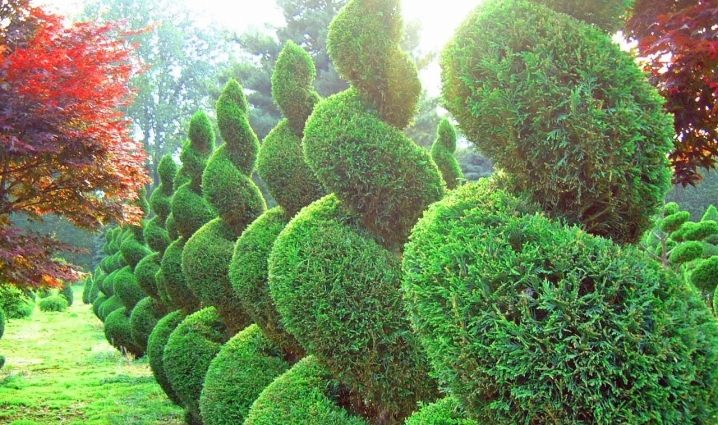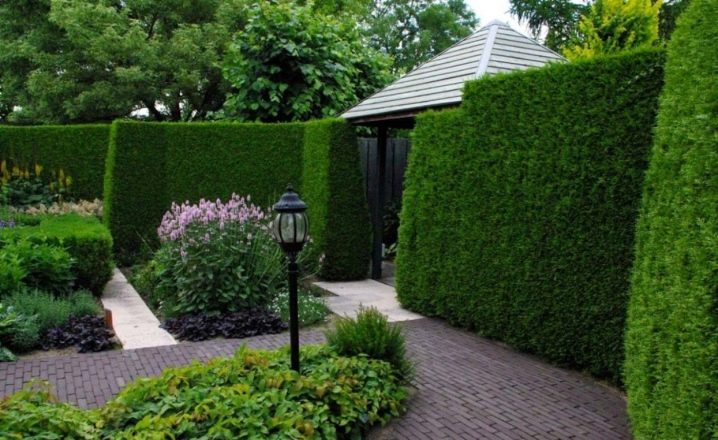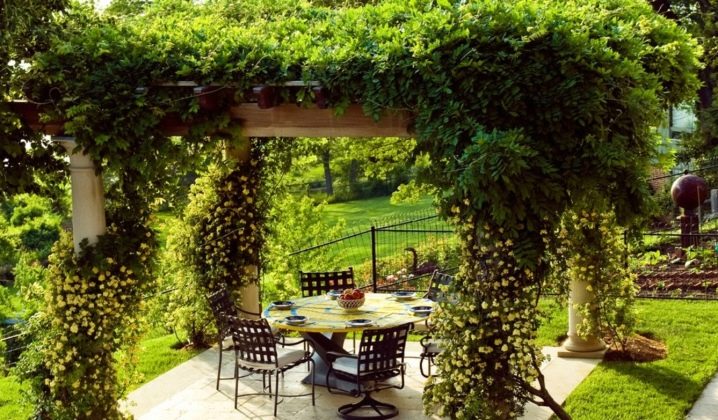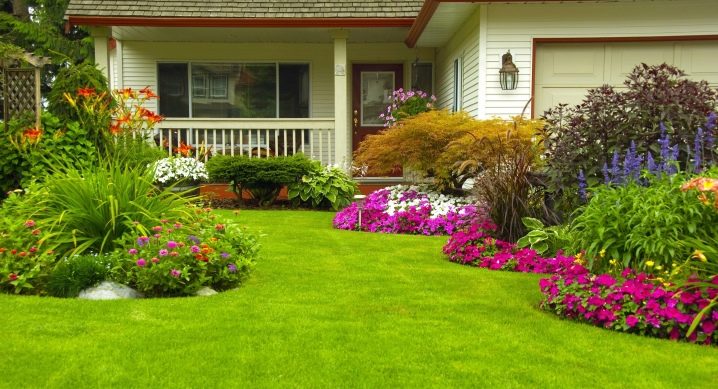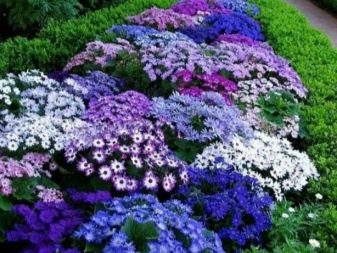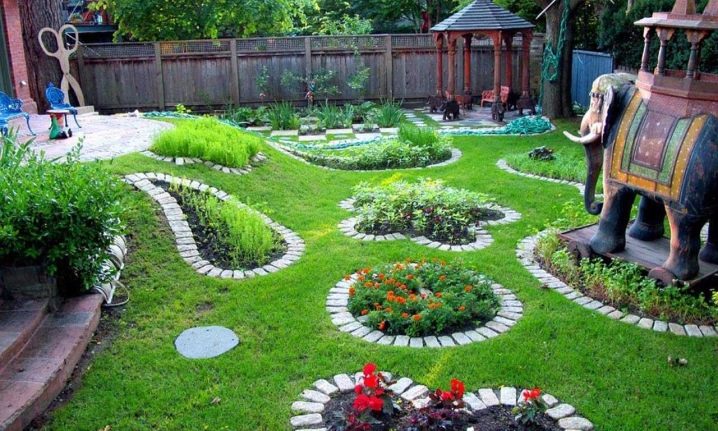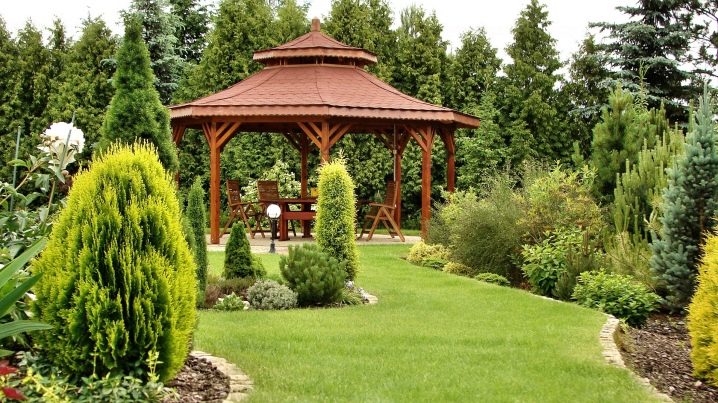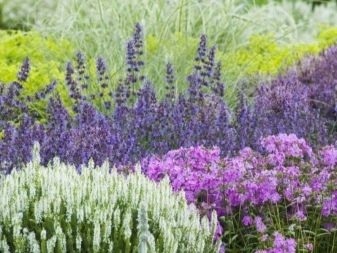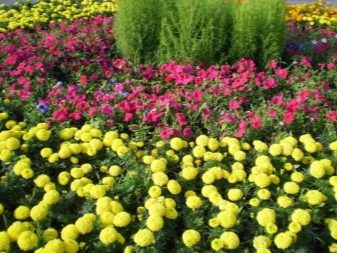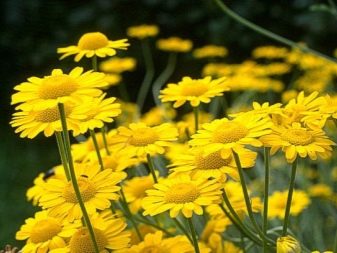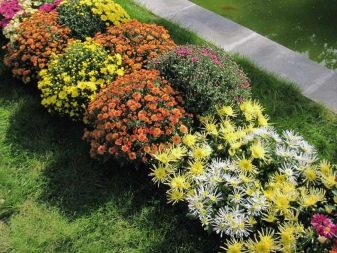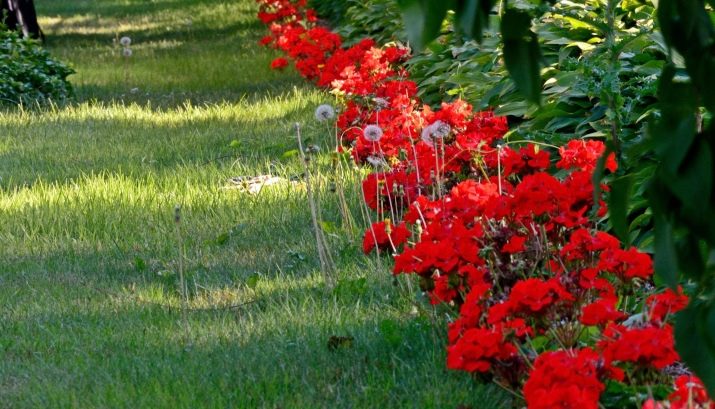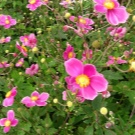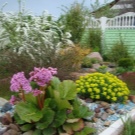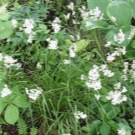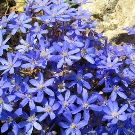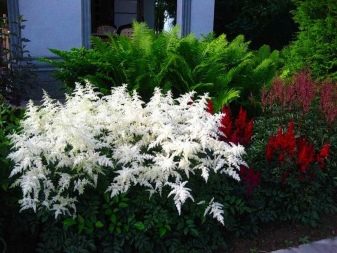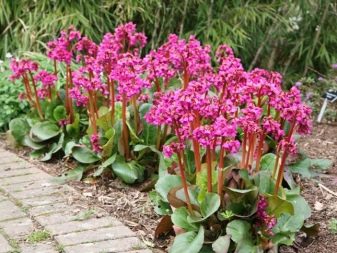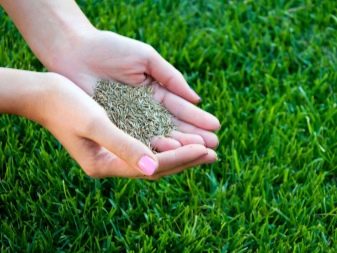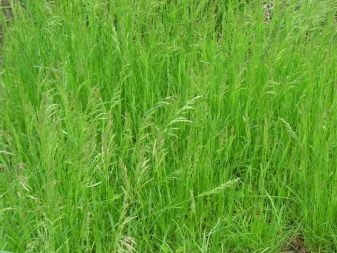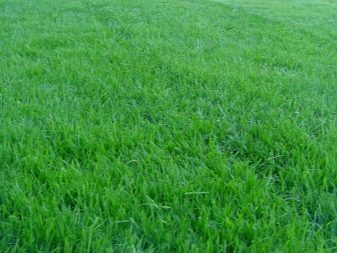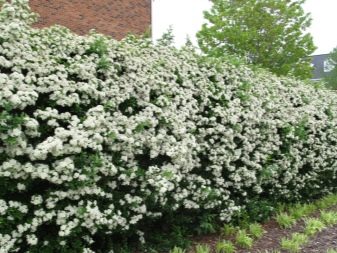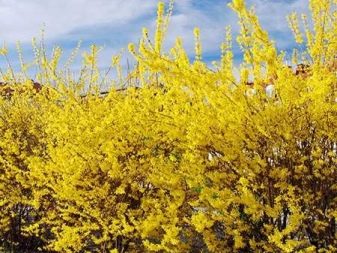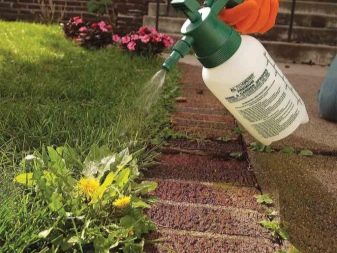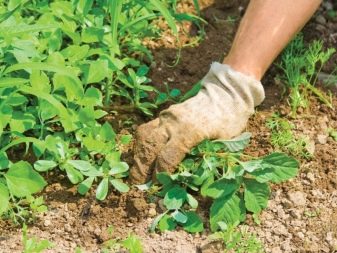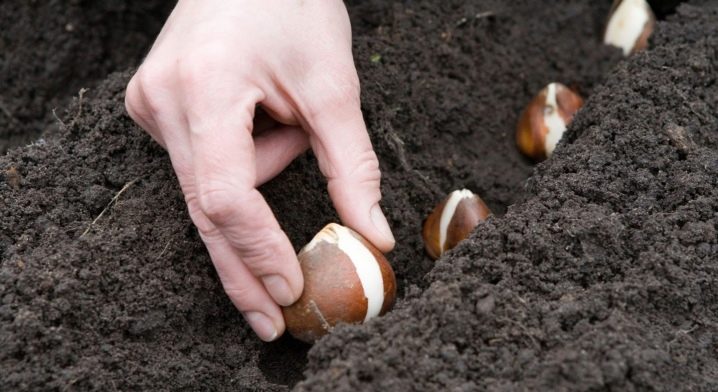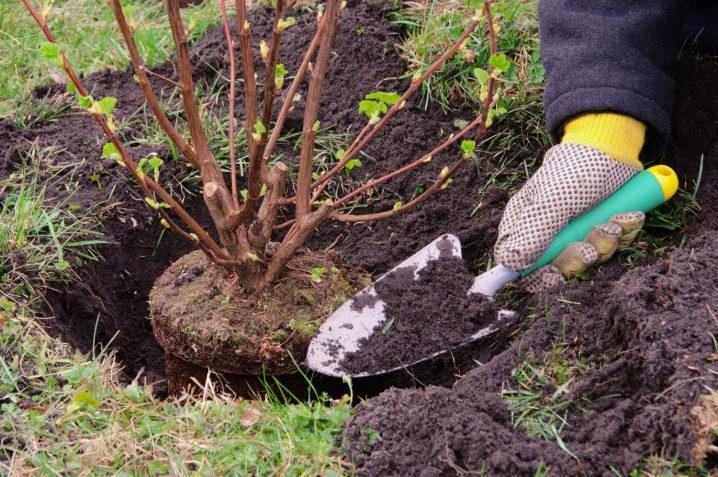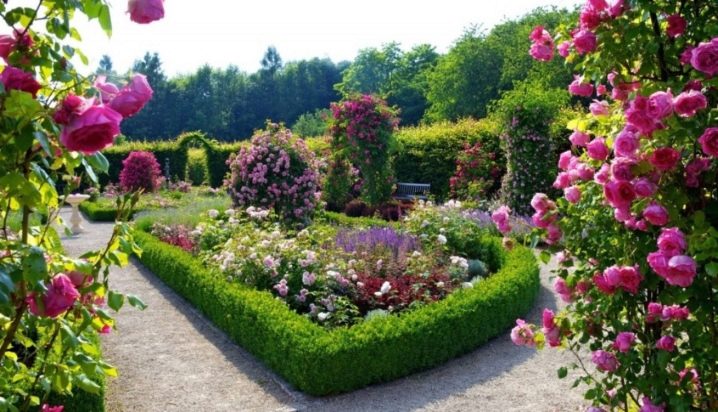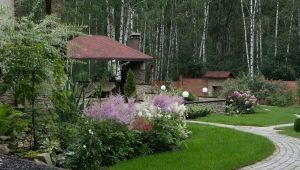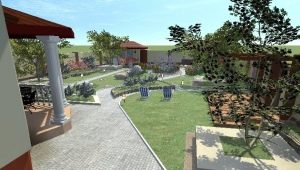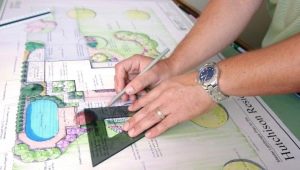Landscape design: the subtleties of the landscaping process
In the process of landscape design, there are many nuances that must be considered to obtain the desired result. Especially a lot of subtleties found in gardening. Ignoring these details will lead to a senseless heap of plants that will not be combined with each other, worsening the appearance of the whole territory.
Features gardening suburban area
Landscape design includes several components, the most important of which is landscaping. Without a competent determination of the position for each plant, all techniques for the improvement of the suburban area will be in vain.
It is necessary to take into account not only the features of the soil, the direction of the wind and the illumination of a particular area of the area, but also the compatibility of the plants themselves with each other, their flowering periods, height and the required conditions for growth.
Deciduous and coniferous trees and shrubs, perennial and annual plants, various varieties of lawns covering the soil should be harmoniously combined with each other and emphasize the beauty of each other.
Creating a composition, you need to follow the following principles:
- Plants are selected according to the rule “from larger to smaller” - tall bushes and trees smoothly “move” to the horizontal line, combined with low-growing plants.
- The changes taking place in the color palette and the overall appearance of the plants during the year are taken into account: the processes of changing shape and size, the color of flowers, leaves, fruits, bark, crown density.
- Slow growing plants are arranged with species that grow quickly. Some species will need to be replanted after a certain time.
In developing the project, you need to carefully study and evaluate the features of the site, gathering about it the most complete information:
- which areas get more sunlight and which ones get less;
- the strength and direction of the wind in each season, the direction with which it blows most often, the force of gusts;
- terrain features;
- soil type;
- level of soil acidity, humidity, proximity to groundwater.
When all the necessary information is collected, you can begin to create a project and develop sketches.This highlights every detail that may be important in the improvement of the site. These important details include:
- elements of the natural environment, partially created by human hands (trimmed shrubs, broken flower beds);
- objects with equivalent components of artificial and natural origin;
- various ladders, retaining walls, irrigation systems, decor, plants and their supports.
All this needs to be selected in such a way that the constituent elements of the composition emphasize the beauty of each other and harmoniously complement the landscape.
Do not forget about the style. Selecting plants, small architectural structures (gazebos, benches), laying paths, you need to ensure that all this was designed in the same style.
In landscape design, there are four main areas:
- Classic, implying the presence of strict geometric lines and carefully verified combination of colors.
- Landscape landscape, the main feature of which is the most natural forms and lines. Human intervention in natural compositions should be kept to a minimum.
- Japanese style, a distinctive feature of which is considered a miniature display of the landscape.
- Country landscape, reminiscent of landscape style for its simplicity and naturalness.
Each of these areas is characterized by its own plant species. For example, bright decorative representatives of the flora with colorful leaves and large flowers are not suitable for a rustic style. Here, as in the landscape direction, simple, discreet plants resembling wildflowers would be more appropriate.
But for the design of the site in the spirit of the tropical jungle, which can only be created in hot climatic conditions, such bright plants will be the most suitable.
Kinds
When developing a territory design, one should pay attention to the interrelation of space levels among themselves. The levels of the earth and sky must be harmoniously combined with each other using certain types of plants.
The garden should not be completely flat surface, chaotically decorated with flowers. All sorts of gazebos, benches and other attributes of rest also require appropriate framing. Therefore, in landscaping there are two main areas - vertical and horizontal.
Vertical
Receptions of vertical gardening provide an opportunity to create a kind of "backstage", the background for the placement of decorative objects.
These include several landscape techniques.
- Creation of "green columns". Kolonovidnye plants take up little space and visually bind the sky and the earth, setting a certain rhythm and solemnity of the entire composition.
- Hedges. They play the role of a fence and contribute to the zoning of space.
- All kinds of vines. Climbing plants create a unique ornament on the walls of a house or other structures, so the color and size of foliage are of great importance.
Often climbing plants are used in the design of gazebos or sheds.
Horizontal
The basis of horizontal gardening are various perennial and annual plants, grass and lawn. Therefore, the composition requires a careful, deliberate approach.
Covering the soil plants do not need special care or cutting. They prevent weeds and soil erosion. Their main advantage is flowering - it is often impossible to look away from fragrant plants.
In order for the composition to please you with its beauty as long as possible, you need to pick up the plants so that the flowering period they have lasted all summer. The beauty on the site will be long, if after the end of flowering of some species, the buds of others immediately begin to blossom.
Lawn combines all the elements of decor. This is an integral part of landscaping, serving as a kind of "frame" for a wonderful landscape painting.
Organizing the improvement of the dacha, you can not ignore one type of landscaping and focus on the other. They complement each other, are an integral part of the whole process, have the same importance.
Ignoring one of them will lead to the fact that all efforts will be in vain. Instead of a beautifully designed plot, you may end up with a chaotic pile of plants and decorative objects that are not interconnected. Instead of a single harmonious composition, they will create a chaotic cluster of various elements.
What plants to choose?
When choosing plants you need to focus on the conditions in which they will grow. For example, light-loving annual plants are suitable for a flower bed located in a sunny place: sage is shiny, seaside loburia, a pleasant scent, marigolds are rejected.
Sage blooms from June to September, lobularia, scavola and marigolds - from June to October. Therefore, a flowerbed composed of these plants will remain attractive for a long time.
From the perennial representatives of the flora, you can stop the choice of forest sage, large-flowered chrysanthemum, dye chamomile or narrow-leaved lavender.
Lavender and sage bloom from June to August, chamomile - from June to September, and chrysanthemum - from August to November.
If the chosen place gets little light and moisture, you need to pick up shade-tolerant plants. Spurge multicolor, geranium blood-red, lukovitsenosnaya lily, Transylvanian liver well.
On dark and wet areas, you can plant astilbe lensu, pure chistos, heart-shaped bernice, forest ozheku.
As for the lawn, there are several options. You can buy lawn in rolls and immediately enjoy the immaculate green surface. Another option would be a mixture of herbs, which should be sown in a previously prepared area, carefully looked after during the season, and only next year admire the result of their labors. Both options have both pros and cons.The disadvantages of a seeded lawn are a significant investment of time and effort.
The lawn in rolls also has its drawbacks. It does not tolerate ultraviolet rays, and under the grass may appear felt, provoking disease. Some coatings are short-lived.
If the choice fell on a natural lawn, you can use the following plants:
- Meadow grass meadow. It is frost-resistant, durable, during the first year it does not tolerate cold temperatures, but is not afraid of loamy soils, liming and abundance of moisture.
- Red fescue is drought resistant and unpretentious, it can grow with a lack of light.
- Field Mug - fast-growing, hardy plant.
- Pasture ryegrass - A plant of dark green color, which grows at an accelerated pace.
In the formation of hedges are taken into account not only the needs of plants and features of their location, but also the color of flowers and leaves. For example, the laurel cherry and the pyracantha bloom in white flowers. Barberry Juliana, Japanese kerriya, Deren male bloom with yellow flowers of different sizes.
The color of the fence is selected depending on the overall color range of buds.
Despite the fact that when choosing plants, the main criteria are soil characteristics, the presence of light and humidity, we should not forget about the decorative effect. It should be achieved as a result of a harmonious combination of all plants.
Planting and Care Tips
Gardening is a twofold process, which, despite its relative simplicity, has its own complex nuances. The main thing here is to take into account all the features of the soil and topography in order to choose the right plants. When the colors and style are chosen, a plan is drawn up and plants are selected, it remains only to carry out competent care. It is not as difficult as it may seem at first glance.
- Watering, weeding, protection from pests, diseases and excessive sunlight are mandatory procedures that any novice gardener should know about.
- So that time and effort are not wasted, you need to place the plants in accordance with what conditions they need for normal growth. Tips for an inexperienced grower are characteristics such as shade, drought tolerance, preference for high humidity.
- Of great importance is the time of planting. Most often they are planted in the spring.But some bulbous and small-bulbous species (daffodils, hyacinths, crocuses, Scylla) are planted in autumn. August is the time for planting tulips.
- Approximately two weeks before the establishment of cold weather, you can plant shrubs and trees. Often planted in autumn plants take root better than those planted in the spring.
But despite the planting time and the accuracy of compliance with all requirements, you should always monitor the status of each representative of the flora. It will best let you know if everything is in order.
To learn how to properly care for the garden, watch the following video.
